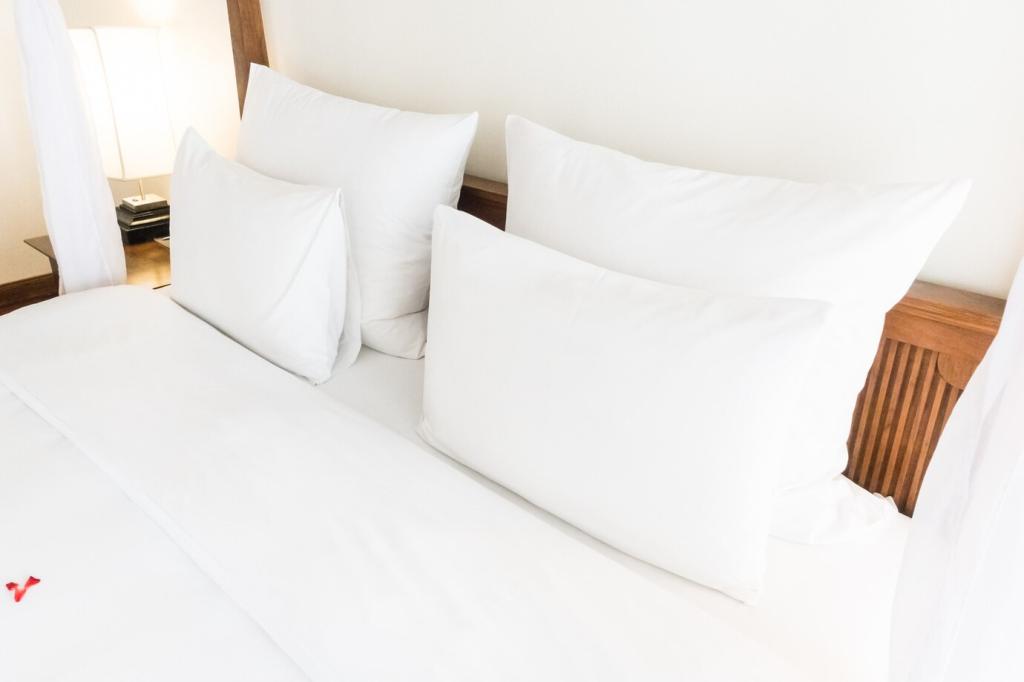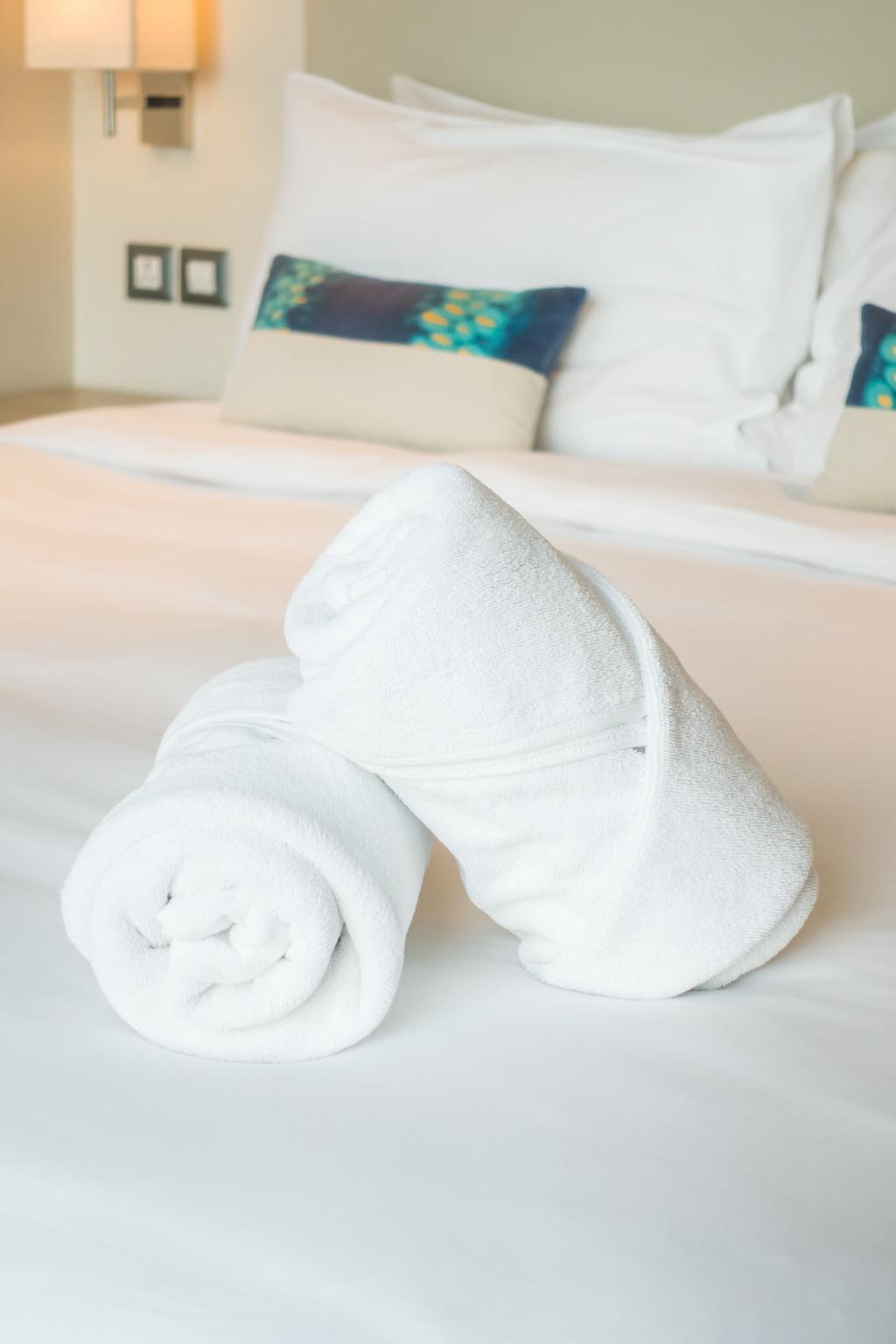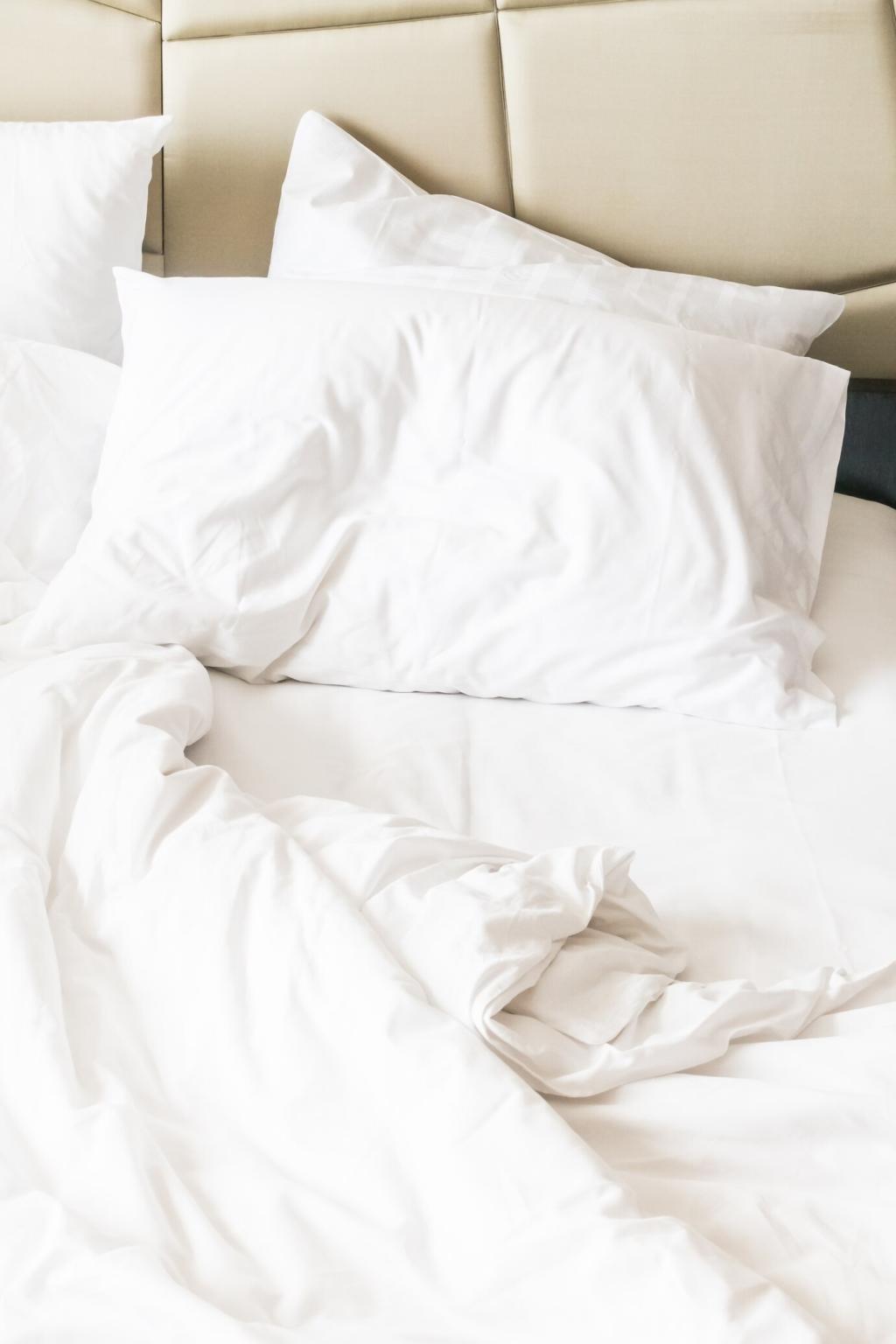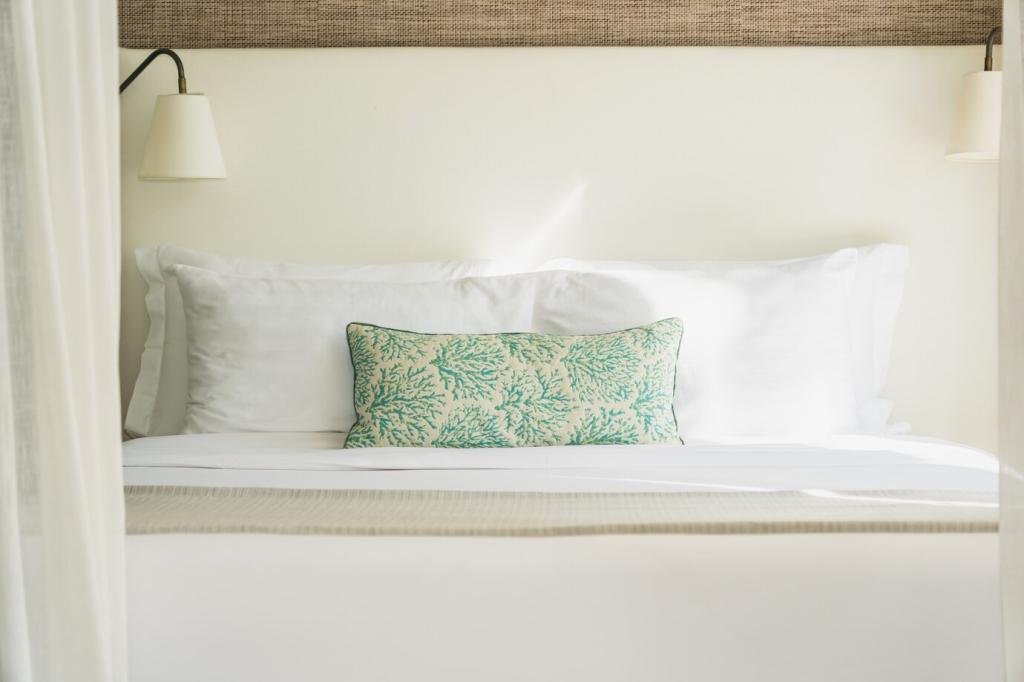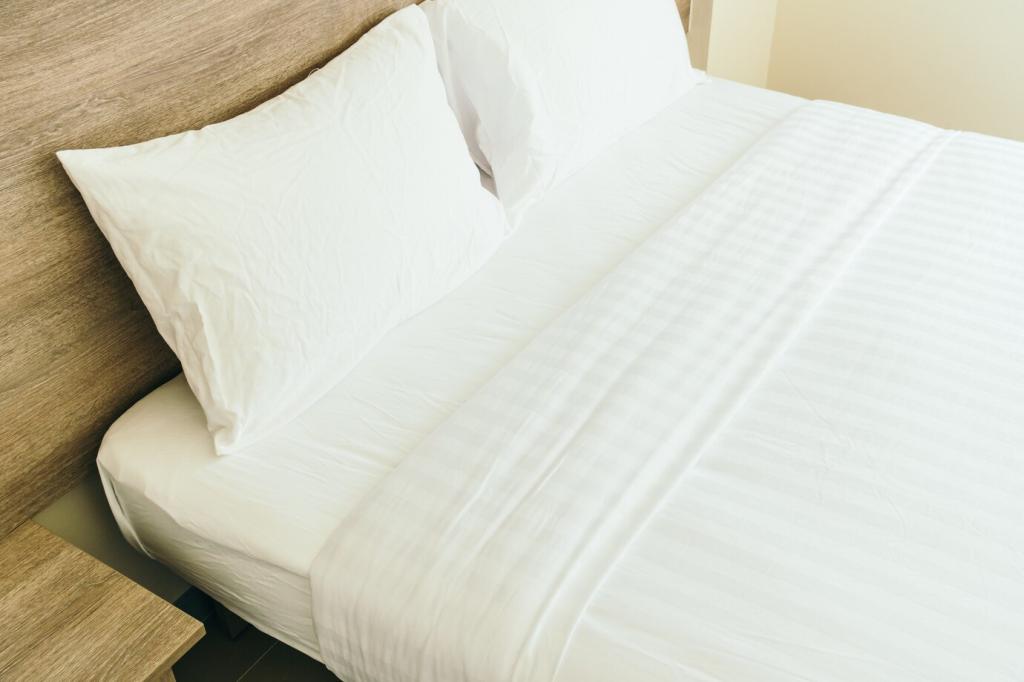Durability, Weave, and Care Rituals
Linen fibers are famously strong, especially when wet, which supports long life. Cotton has better elasticity and resists breakage from everyday movement. Your weave matters: percale’s one-over-one crisscross offers strength and crispness, while sateen’s float weaves deliver drape with a trade-off in abrasion resistance.
Durability, Weave, and Care Rituals
Wash cool or warm, skip harsh softeners, and dry gently. Linen loves line-drying; a short tumble softens without overdrying. Expect linen’s natural wrinkles—embrace the rumpled, lived-in beauty. Cotton can be ironed for hotel-crisp looks. Share your low-fuss routines that keep sheets fresh without sacrificing longevity.

